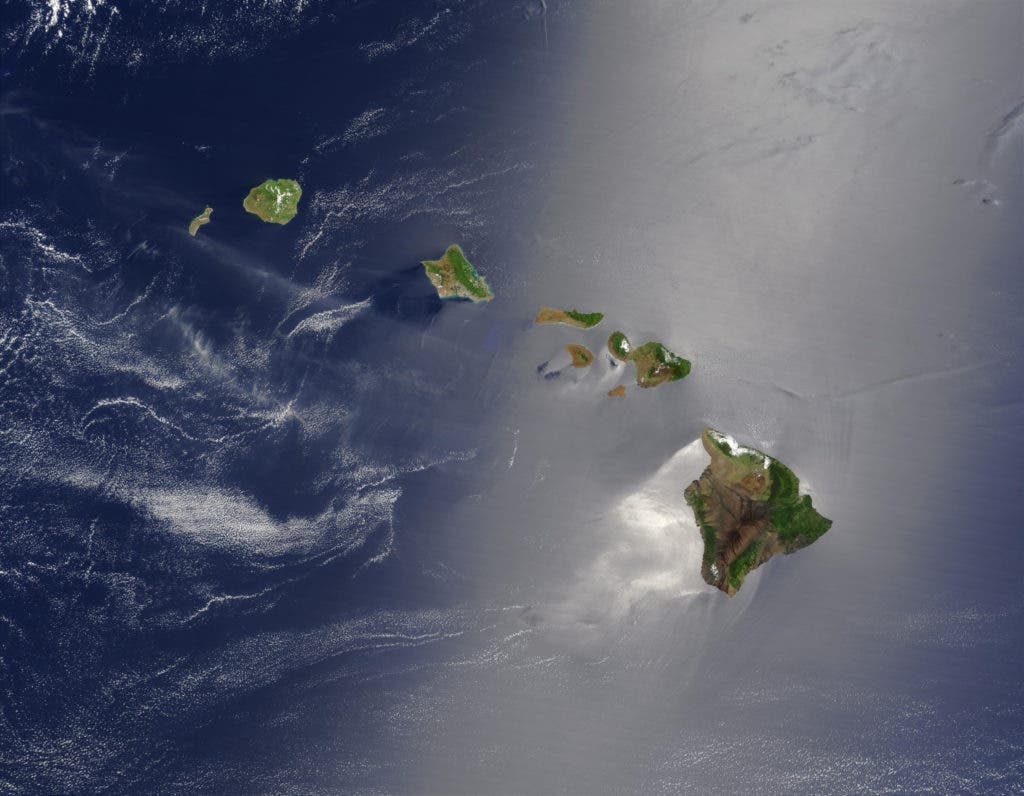Sunbathers beware — Hawaii plans to become the first US state to ban sunscreen mixes that are toxic to marine life.

Two chemicals that are often used in sunscreen mixes (oxybenzone and octinoxate) are also sadly quite very deadly — if you happen to be a coral, a fish, or some other kind of marine resident. While that may not often concern us, landlubbers, especially as we’re basking in the sun on those oh-so-sweet vacation days, it’s a real problem for beach-totting tourist hotspots such as Hawaii.
That’s why the state is moving to ban the sale of sunscreen mixes containing these two compounds, becoming the first US state to do so. The bill was passed by the Hawaii state legislature on Tuesday and is now awaiting the governor’s signature. If this comes to pass, the ban would enter into force in 2021.
More coral protection factor, please
One past study (published in Archives of Environmental Contamination and Toxicology, 2015) has shown that both oxybenzone and octinoxate break down coral reefs by leeching its vital nutrients. The same compounds also disrupt the normal development of simple marine organisms (like algae or sea urchins) as well as more complex creatures (like fish). According to the same paper, these compounds can be found in especially high-concentrations in beaches frequented by tourists.
NOAA has also warned about the dangers such sunscreen compositions pose.
They affect corrals in three different ways: by leeching them of nutrients, by altering their DNA, making coral more susceptible to bleachings, and finally, by inhibiting their endocrine system (i.e. glands), deforming and ultimately killing baby coral. These effects started at extremely low concentrations — only 62 parts per trillion (ppt). Oxybenzone can also turn adult male fish into female fish, cause sexually immature fish to adopt characteristics common to mature, pregnant female fish, is toxic to shrimp, sea urchins, bivalves (e.g., scallops, mussels), and is especially toxic to marine algae (according to the Haereticus Environmental Laboratory in Hawaii).
The reefs of Hawaii and the U.S Virgin Islands showed some of the highest concentrations of oxybenzone out of all coral reefs that attract tourists, the 2015 paper reported. Sunscreen enters the ocean both from direct contact with people wearing such compounds and from wastewater streams that drain into the sea. Both oxybenzone and octinoxate are widely employed in sunscreens, as well as some other types of lotions.
“More and more people realize, as you go home and shower the water is getting treated and put out into the ocean,” Hawaii state Sen. Laura Thielen told KHON2.
“So really it’s damaging our corals no matter whether you’re wearing it on land or at the beach.”
So the only realistic option that Hawaii had at its disposal was a carpet ban on all products containing these compounds. If the governor puts his signature on the bill, vacationers will have to use alternative sunscreen options. Luckily, these options are readily available, with mixes most often substituting ingredients such as titanium oxide or zinc oxide in lieu of the dangerous chemicals.


